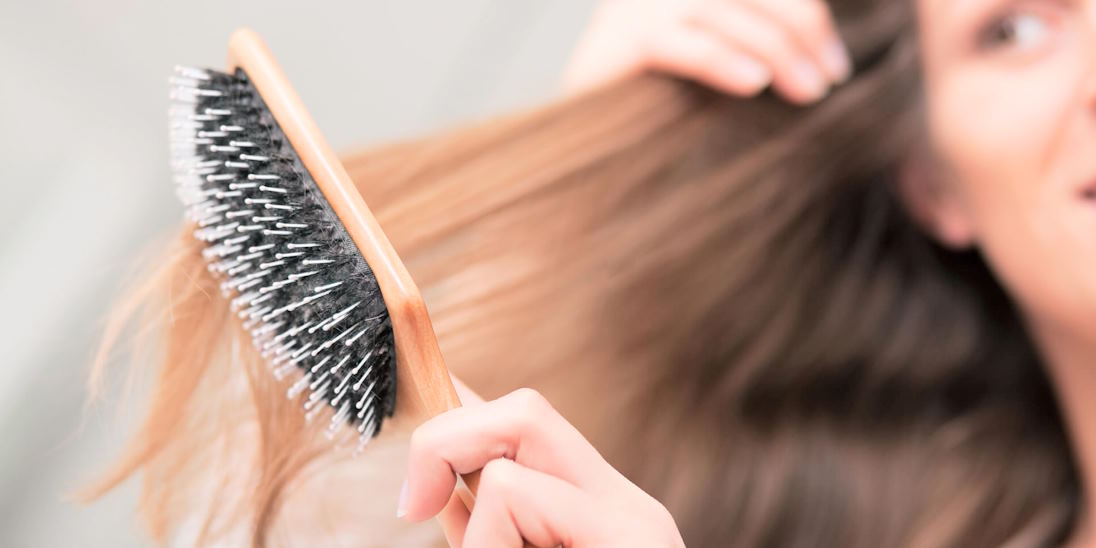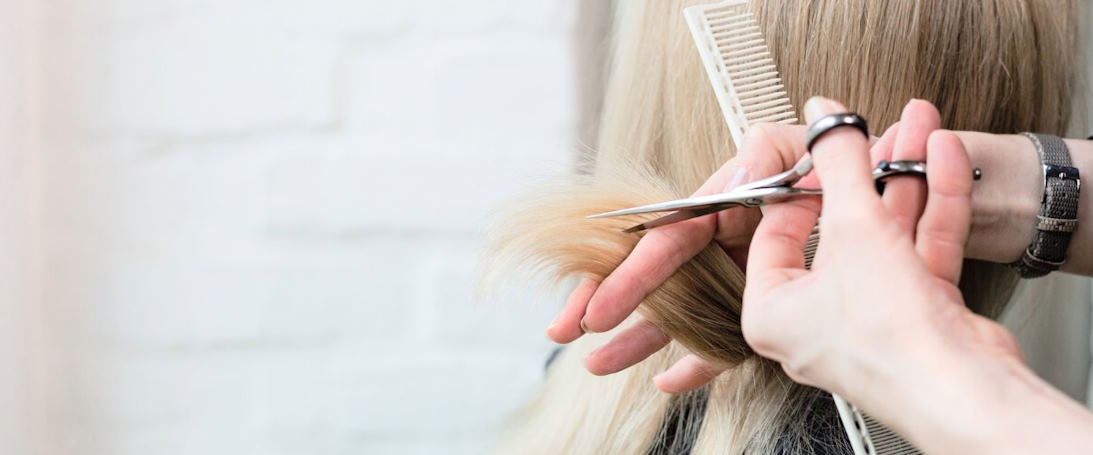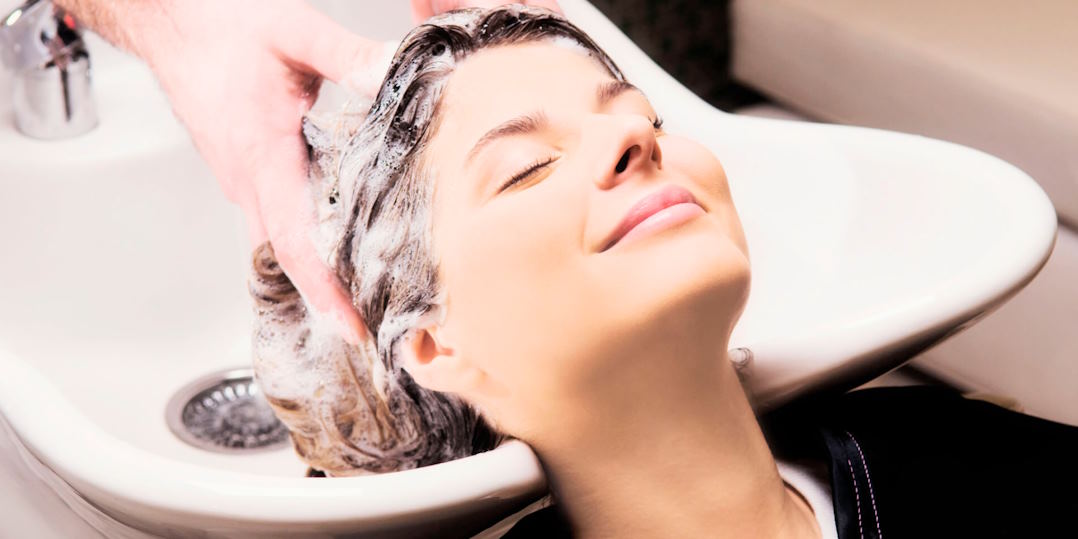Debunking Widespread Myths About Hair Care

Such misconceptions abound and often cloud our understanding of what nurtures and protects our locks. From old wives’ tales passed down through generations to well-meaning advice from friends and social media influencers, separating fact from fiction can be daunting.
What are such widespread misconceptions?
Cutting your hair frequently makes it grow faster.
This myth suggests that trimming your hair regularly stimulates hair growth. However, hair growth occurs at the scalp, not at the ends. Trimming your hair doesn’t affect the rate at which it grows from the roots. While regular trims can help maintain the health of your hair by preventing split ends, they don’t influence its growth rate.
Brushing your hair 100 strokes a day makes it healthier.
This myth implies that frequent brushing distributes natural oils, promotes shine, and stimulates the scalp, leading to healthier hair. However, excessive brushing can cause damage, especially if done aggressively or with the wrong type of brush. Brushing too much can lead to breakage and damage to the hair cuticle.

Plucking one gray hair leads to more.
This myth suggests that plucking a single gray hair triggers the growth of more gray hairs in its place. However, hair color is determined by genetics and aging, not by plucking. While it’s true that plucking can cause damage to the hair follicle over time, leading to potential hair loss, it doesn’t directly affect the color or growth of surrounding hair.
Using mayonnaise or eggs as hair masks can repair damaged hair.
This myth suggests household ingredients like mayonnaise or eggs can effectively repair damaged hair. While these ingredients may temporarily improve the appearance of damaged hair due to their conditioning properties, they don’t repair the underlying damage. For more significant hair repair, it’s best to use products specifically formulated for that purpose.
Split ends can be repaired with products.
This myth implies that specific hair products can mend split ends and restore damaged hair. However, it cannot be repaired once the hair shaft is split. Products marketed as “split end repair” may temporarily seal split ends and improve the appearance of hair, but they don’t address the underlying damage. Trimming them is the only way to get rid of split ends.


